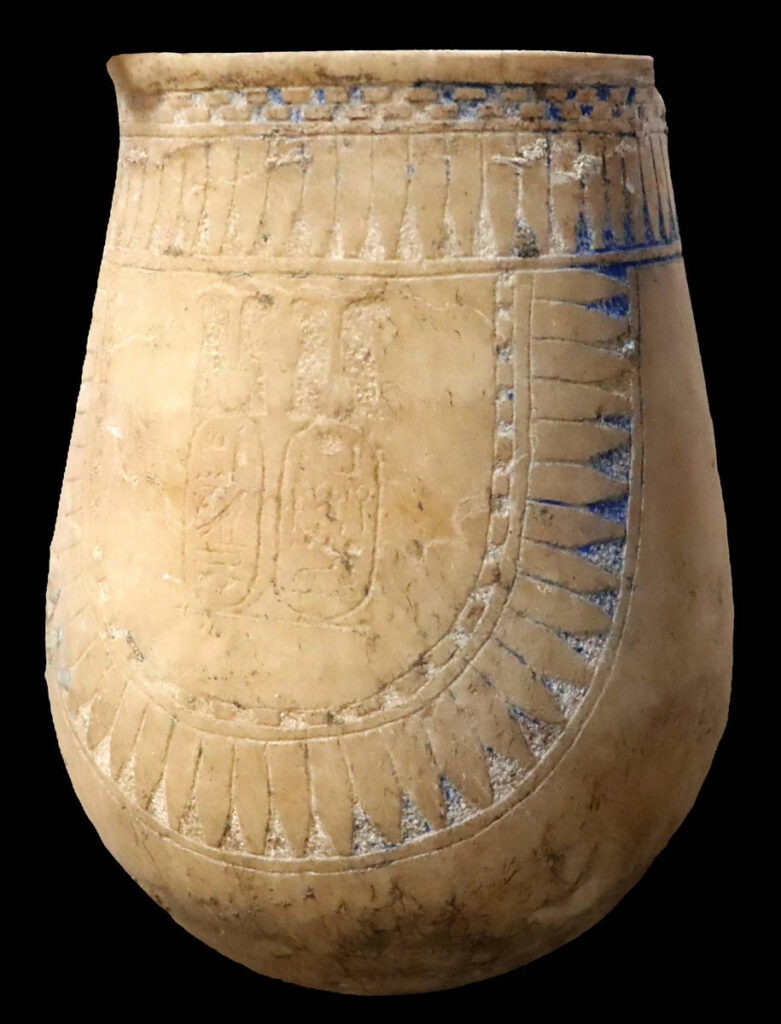Tomb of High-Ranking Egyptian Military Commander discovered

Egypt’s Supreme Council of Antiquities (SCA) announced the discovery of a tomb belonging to a high-ranking military commander who served during the reign of Ramesses III (reigned ca. 1184–1153 B.C.), Ahram Online reports.
The burial site was uncovered during excavations at the site of Tell Roud Iskander in Ismailia. The mudbrick structure contained a burial chamber and three adjoining rooms with walls covered in white plaster. Among the artifacts found within the tomb were bronze arrowheads, painted alabaster jars, a collection of beads, a small ivory box, and a gold ring engraved with a cartouche of Ramesses III.
The soldier was also buried with a ceremonial scepter, which archaeologists believe attests to the man’s prestigious military rank. According to SCA's Mohamed Ismail Khaled, the presence of the leader’s tomb at the site underscores the area’s strategic military location during the New Kingdom. “The site played a crucial role in securing Egypt’s eastern borders, with fortresses and strongholds constructed for defense,” he said.
Main Image: Courtesy Egyptian Ministry of Tourism and Antiquities
